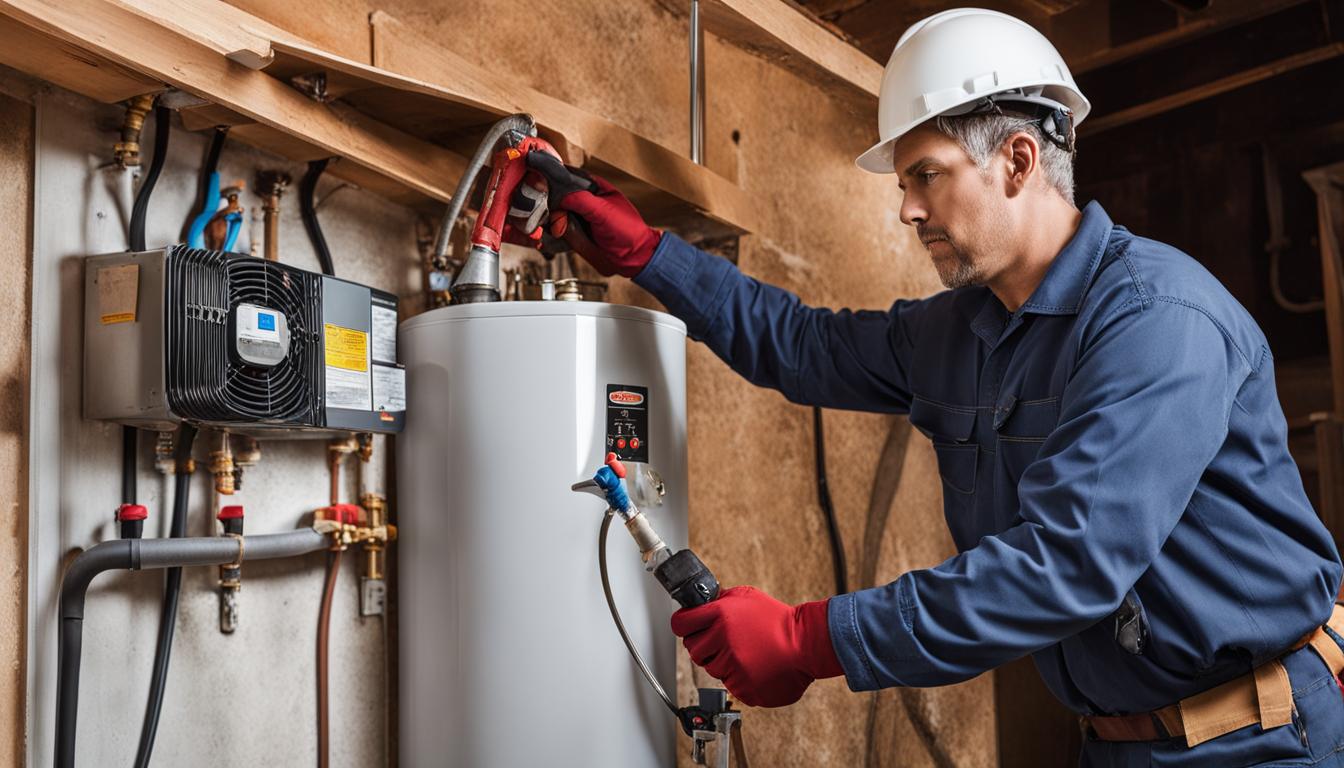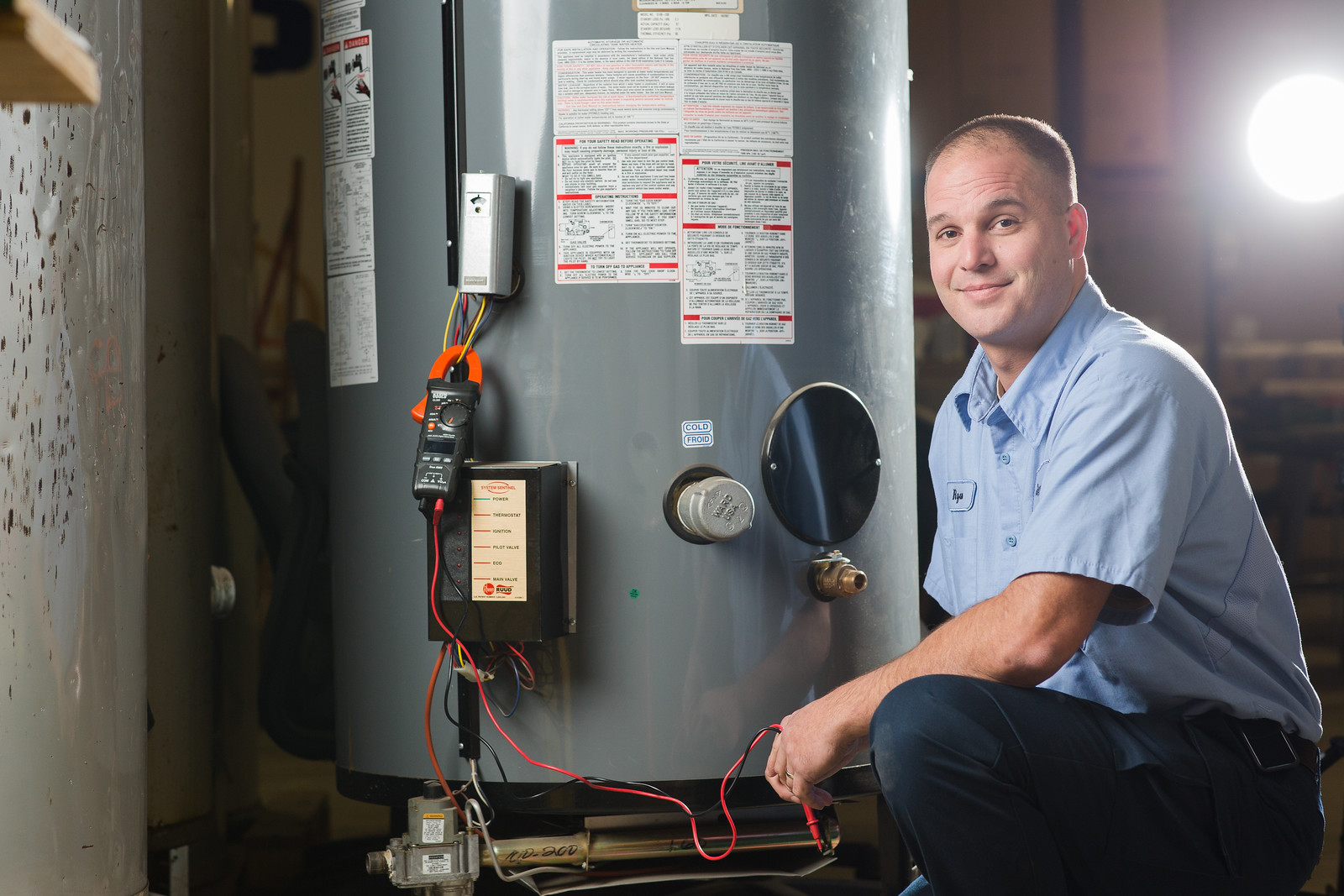Professional Tips on Maintaining Your Home's Hot Water System
Professional Tips on Maintaining Your Home's Hot Water System
Blog Article
Everyone is bound to have their own unique theory with regards to Tips For Maintaining Your Hot Water Heater.

Hot water is important for daily convenience, whether it's for a rejuvenating shower or washing recipes. To ensure your hot water system runs successfully and lasts longer, routine maintenance is essential. This short article offers sensible ideas and insights on how to preserve your home's warm water system to prevent disturbances and pricey fixings.
Introduction
Preserving your home's hot water system may seem difficult, however with a few straightforward actions, you can guarantee it operates efficiently for many years ahead. This overview covers everything from recognizing your hot water system to do it yourself maintenance ideas and knowing when to call in specialist help.
Relevance of Preserving Your Hot Water System
Normal maintenance not just extends the life expectancy of your hot water system however also guarantees it runs effectively. Disregarding maintenance can bring about reduced performance, greater energy expenses, and also premature failing of the system.
Signs Your Warm Water System Demands Maintenance
Recognizing when your hot water system requires interest can prevent major concerns. Look out for indicators such as inconsistent water temperature, unusual sounds from the heater, or rustic water.
Recognizing Your Hot Water System
Before diving right into upkeep jobs, it's valuable to recognize the standard components of your warm water system. Generally, this includes the water heater itself, pipelines, anode poles, and temperature level controls.
Monthly Maintenance Tasks
Normal month-to-month checks can help catch minor problems prior to they escalate.
Flushing the Hot Water Heater
Flushing your water heater eliminates sediment accumulation, improving performance and lengthening its life.
Checking and Changing Anode Rods
Anode rods stop deterioration inside the container. Inspecting and changing them when worn out is critical.
Checking and Readjusting Temperature Settings
Changing the temperature level setups guarantees ideal efficiency and safety and security.
DIY Tips for Upkeep
You can execute numerous upkeep jobs on your own to maintain your hot water system in top condition.
Checking for Leaks
Frequently check pipes and connections for leaks, as these can lead to water damage and greater costs.
Examining Stress Relief Valves
Evaluating the pressure relief valve ensures it operates appropriately and protects against extreme pressure buildup.
Insulating Pipelines
Shielding warm water pipes decreases heat loss and can save power.
When to Call an Expert
While DIY maintenance is beneficial, some concerns need expert knowledge.
Complex Issues Calling For Expert Help
Instances include major leakages, electrical problems, or if your hot water heater is constantly underperforming.
Routine Specialist Maintenance Benefits
Specialist maintenance can include detailed assessments, tune-ups, and guaranteeing conformity with security standards.
Verdict
Regular upkeep of your home's hot water system is essential for performance, durability, and cost financial savings. By following these pointers and understanding when to look for expert help, you can make sure a reputable supply of warm water without unforeseen disruptions.
How to Maintain an Instant Hot Water Heater
Before tinkering with your hot water heater, make sure that it’s not powered on. You also have to turn off the main circuit breaker and shut off the main gas line to prevent accidents. Also turn off the water valves connected to your unit to prevent water from flowing into and out of the appliance. 2. When you’re done, you have to detach the purge valves’ caps. These look like the letter “T†and are situated on either side of the water valves. Doing so will release any pressure that has accumulated inside the valves while at the same time avoid hot water from shooting out and burning your skin. 3. When the purge valves’ caps are removed, you have to connect your hosing lines to the valves. Your unit should have come with three hoses but if it didn’t, you can purchase these things from any hardware or home repair shops. You can also get them from retail stores that sell water heating systems. Read the user’s manual and follow it to complete this task properly. When the hosing lines are connected, open the purge port’s valves. 4. You should never use harsh chemical cleaners or solutions when cleaning your unit. Make use of white vinegar instead. It should be undiluted and you’ll probably use about 2 gallons. 5. Now flush your water heater. This task should probably take about 40 minutes. We can’t give you specific directions for this because the procedure is carried out depending on the type, model and brand of your heater. With that being said, refer to the user’s manual. 6. When you’re done draining the unit, you have to turn off the purge port valves again. Remove the hosing lines that you earlier installed on each of the water valves. Put the valve caps (purge port) back in their respective places and be very careful so as not to damage the rubber discs that are found inside these caps. 7. Now that everything’s back in place, check your user’s manual again to find out how to reactivate your water heating system. 8. Once it is working, turn one of your hot water faucets on just to let air pass through the heater’s water supply pipes. Leave the tap on until water flows smoothly out of it. https://www.orrplumbing.com/blog/2014/september/how-to-maintain-an-instant-hot-water-heater/

We had been brought to that report about What Kind of Maintenance Do Water Heaters Need? through a buddy on another web page. Enjoyed our blog? Please quickly share it. Help somebody else locate it. We love your readership.
Book Services Report this page